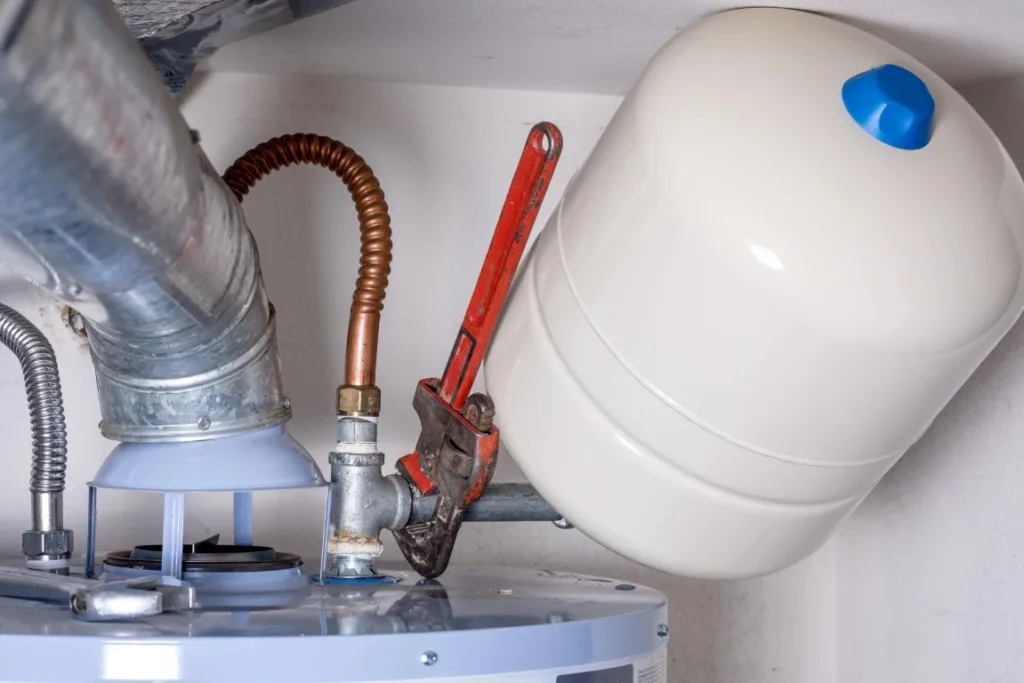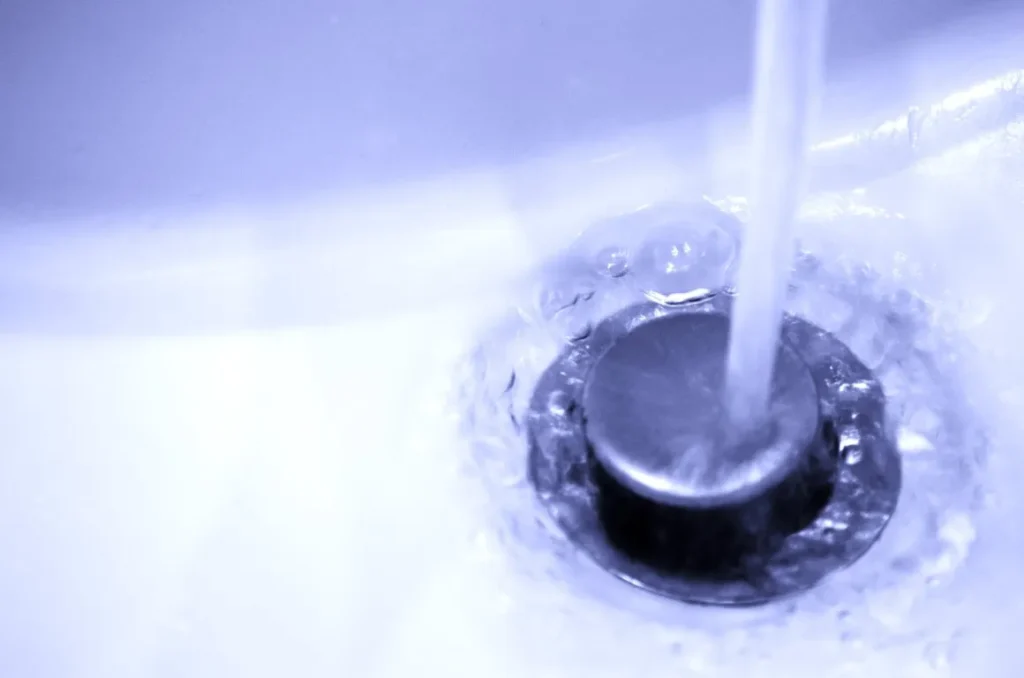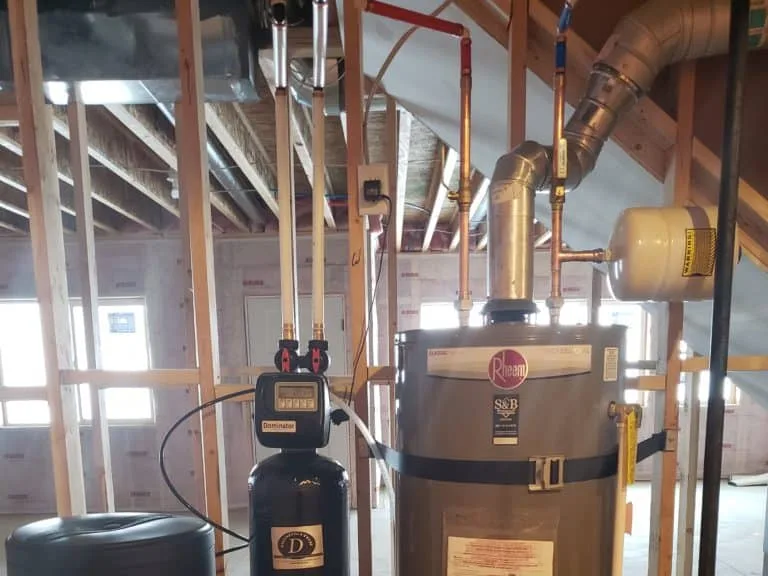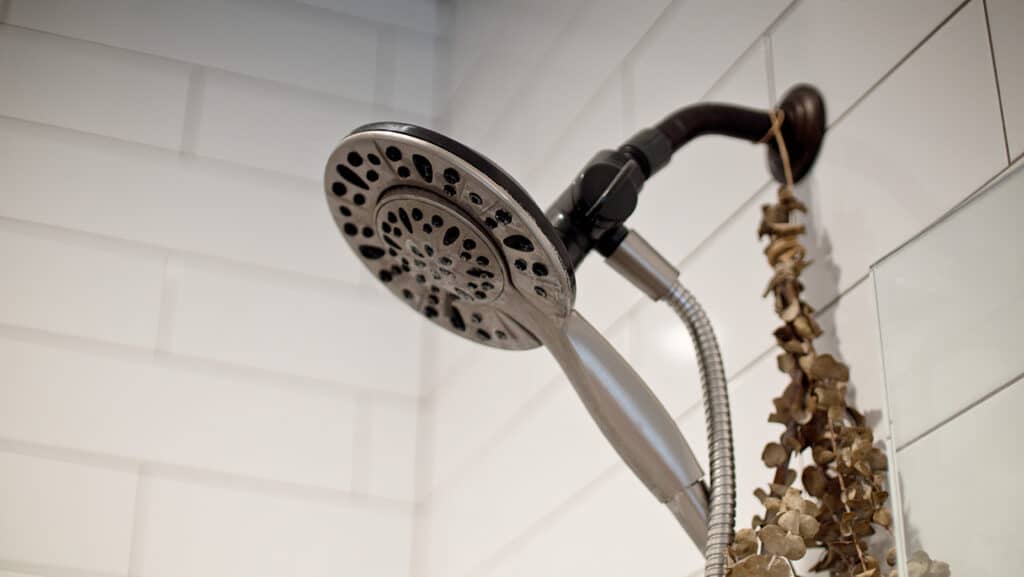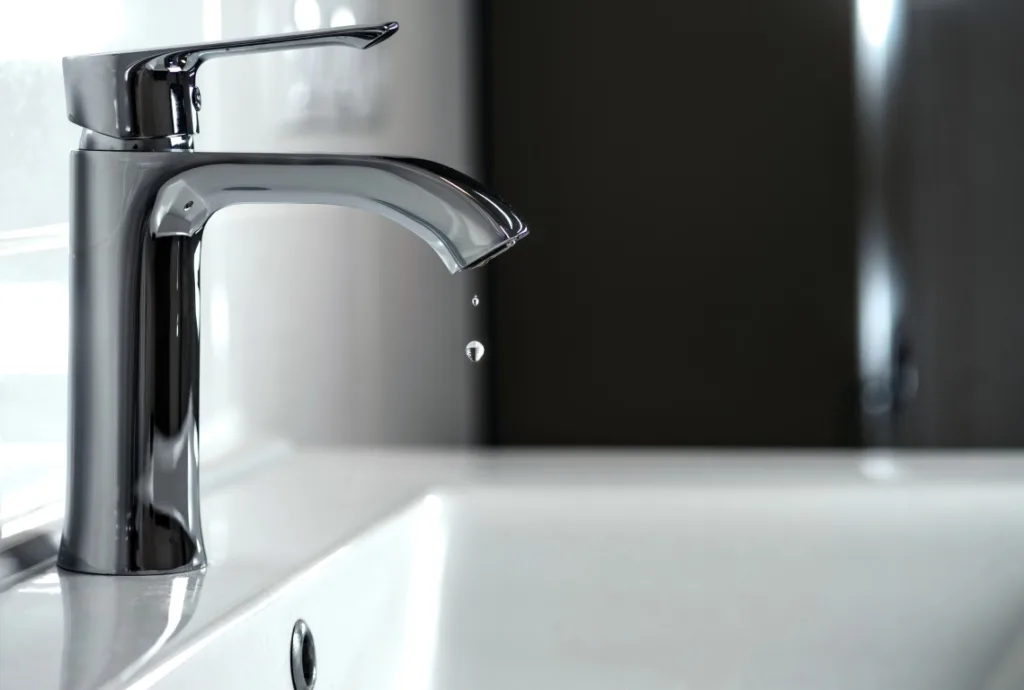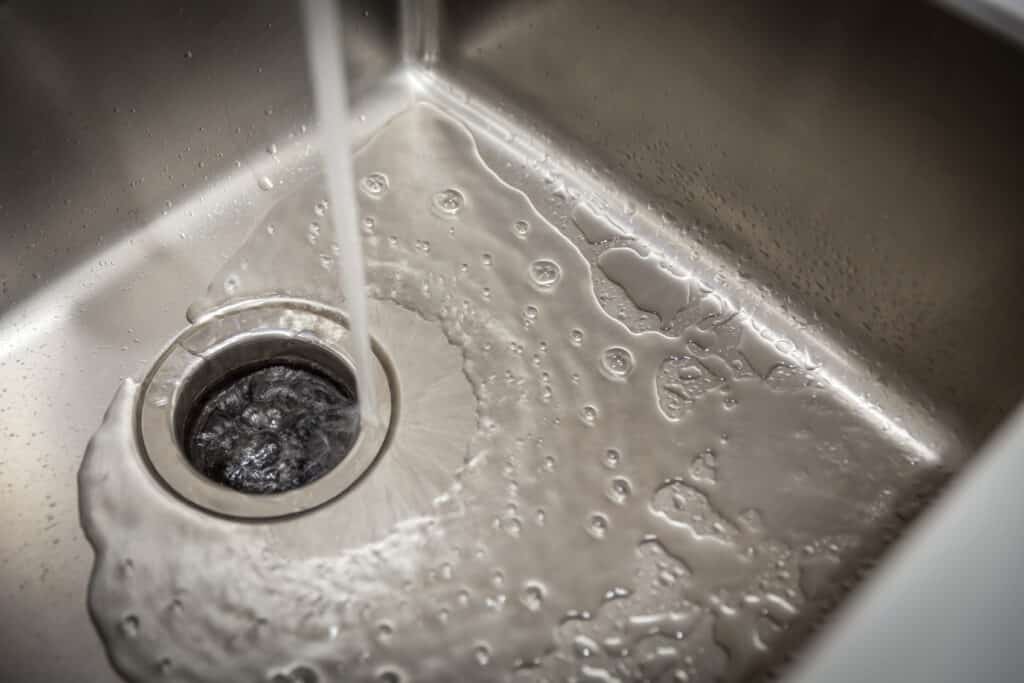
Tree roots may be strong and essential for keeping trees alive and healthy, but they can wreak havoc on your home’s plumbing system. Roots naturally seek out water sources, and your main water line can become an ideal target. If left unchecked, they can cause clogs, cracks, or even full pipe collapses — leading to expensive repairs. Fortunately, there are several ways to protect your pipes and keep your plumbing running smoothly.
Why Tree Roots Invade Water Lines
Tree roots seek out moisture, nutrients, and oxygen within the earth. If your water line has small cracks, leaks, or loose joints, it releases just enough vapor to attract roots. Over time, the roots can infiltrate the line through these small openings, expand inside the pipe, and block the flow of water.
Tree roots aren’t typically strong enough to break intact pipes, so it’s important to look for and repair weak points.
Signs of Tree Root Intrusion
Slow Drains — Water draining slower than usual in sinks, showers, or bathtubs is often the first sign of root infiltration, especially if it’s more than one fixture at a time.
Frequent Clogs and Backups — Persistent clogs, especially in multiple sinks, bathtubs, or toilets that don’t clear with plunging or snaking, or sewage backing up in your home, can indicate a severe root intrusion.
Gurgling Sounds — Unusual gurgling noises from drains or toilets can indicate trapped air due to a blockage from roots.
Wet Spots or Sinkholes — Puddles of water or sinkholes in your yard could be signs of a severely damaged or collapsed pipe that has released water into your yard.
Unusually Green Spots — Patches of grass that are greener, lusher, or growing faster than the surrounding lawn can indicate your main water line has a serious leak.
Decreased Water Pressure — A significant drop in water pressure can sometimes be a sign of a damaged or blocked water line.
High Water Bills — If there is an unexplained increase in your water bill, you may have water leaking from your water line that’s costing you extra.
If you notice several of these signs, roots may already be affecting your main line.
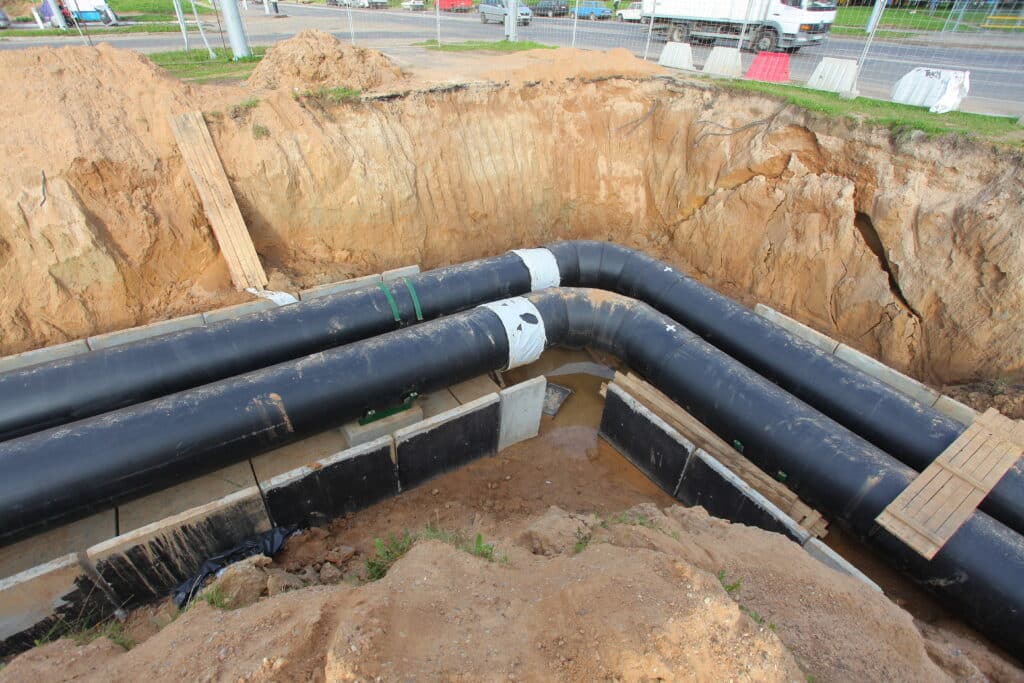
Preventing Tree Root Problems
1. Plant Trees Strategically
When landscaping, keep large trees with aggressive root systems, such as willows, maples, and oaks, far away from your main line. As a general rule, plant trees at least 10 to 15 feet away from water and sewer lines. To ensure you don’t plant near these lines, you should determine their exact location by contacting your city or a professional.
You may want to opt for slower-growing trees and shrubs with shallow root systems, such as Japanese maples, eastern redbuds, or certain types of azaleas, to avoid issues in the future.
2. Install a Root Barrier
Physical barriers, like metal, fabric, or thick plastic panels, can be buried vertically between trees and water lines to block root growth and redirect them away from the pipes.
3. Use Pipe Lining or Replacement
Modern treachless technologies like pipe lining create a seamless inner coating inside your existing pipes. This prevents roots from finding tiny cracks or other entry points. If your home is older and has clay or cast iron pipes, you may want to replace them with PVC, which is less vulnerable to tree roots.
4. Apply Root-Repellent Solutions
Plumbers can apply safe chemical root inhibitors, such as copper sulfate, that discourage growth near water lines. These treatments typically last a few years and can be reapplied as needed. Note that using an incorrect amount could harm your trees and inhibit growth.
5. Schedule Routine Drain Inspections
Annual or biannual video camera inspections can help spot early signs of root intrusion. Catching the problem before it escalates is key to avoiding costly repairs.
What to Do If Roots Are Already in Your Water Line
If you suspect roots have already invaded your line, don’t rely on chemical drain cleaners, as they won’t fix the problem. Call a licensed plumber who can:
- Use hydro-jetting to blast away tree roots.
- Repair cracks and leaks with trenchless technology.
- Replace sections of pipe if there’s severe damage.
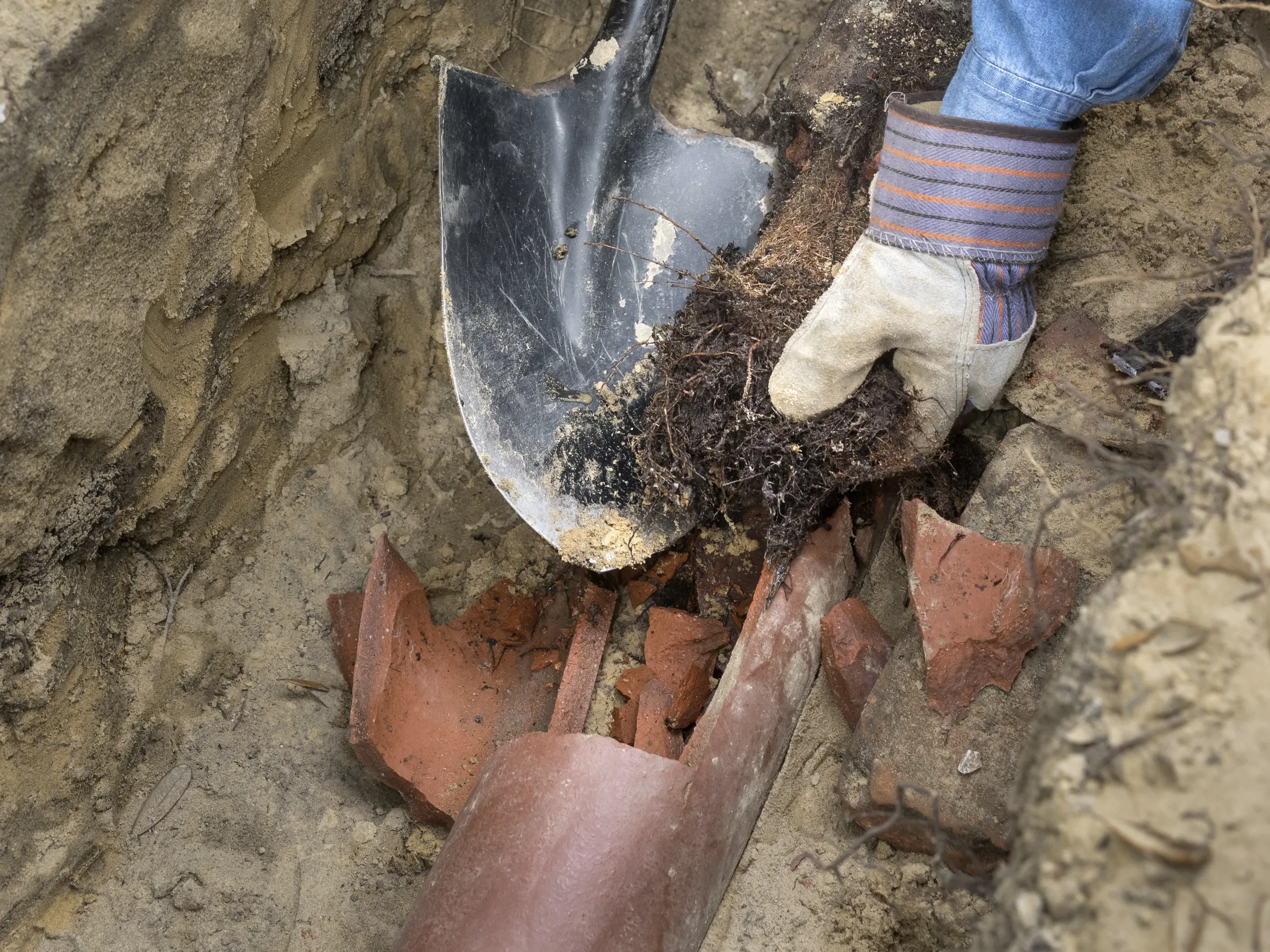
Tree Roots: The Hidden Enemy of Your Water Line
Tree roots and water lines don’t mix. Fortunately, with the right preventive strategies, you can keep your plumbing system safe. Smart landscaping, modern pipe protection, and routine inspections can help you avoid major headaches down the road. And if you ever suspect root intrusion, contact a professional plumber as soon as possible to save time, money, and stress.

